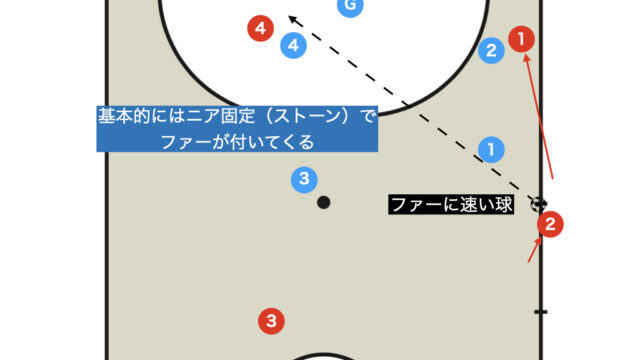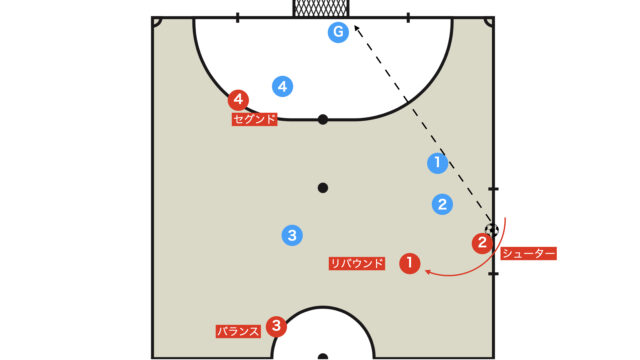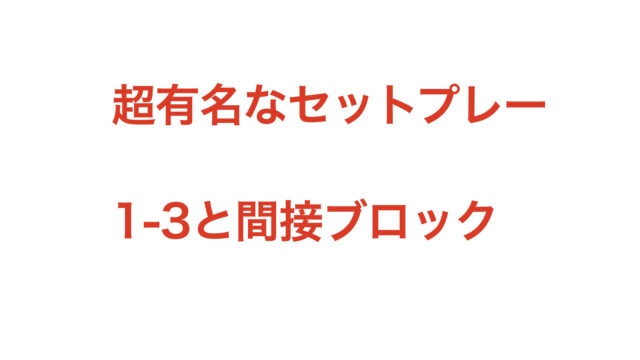Chondon. Even when you know what it is, you just can’t stop this powerful set-piece.
Such a Chondon is employed across a wide range of categories, from local leagues to professional (top) levels.
But have you ever encountered this problem?
“The opponent’s wall defence and an overly skillful goleiro make it seem like a Chondon just won’t work.”
It is not uncommon to have such concerns when facing teams that are adept at defending against Chondon.
This article introduces an innovative set-piece—which is rarely used by teams—that demonstrates its effectiveness when combined with Chondon, for those facing such issues.
Initial Setup: Chondon

It is important to signal to your opponents that a Chondon is coming, just as usual.
If you are not familiar with Chondon, please read the article dedicated to its explanation.
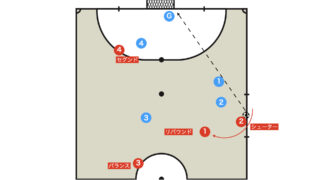
Number 2 (Shooter’s Diagonal Break)
Opening
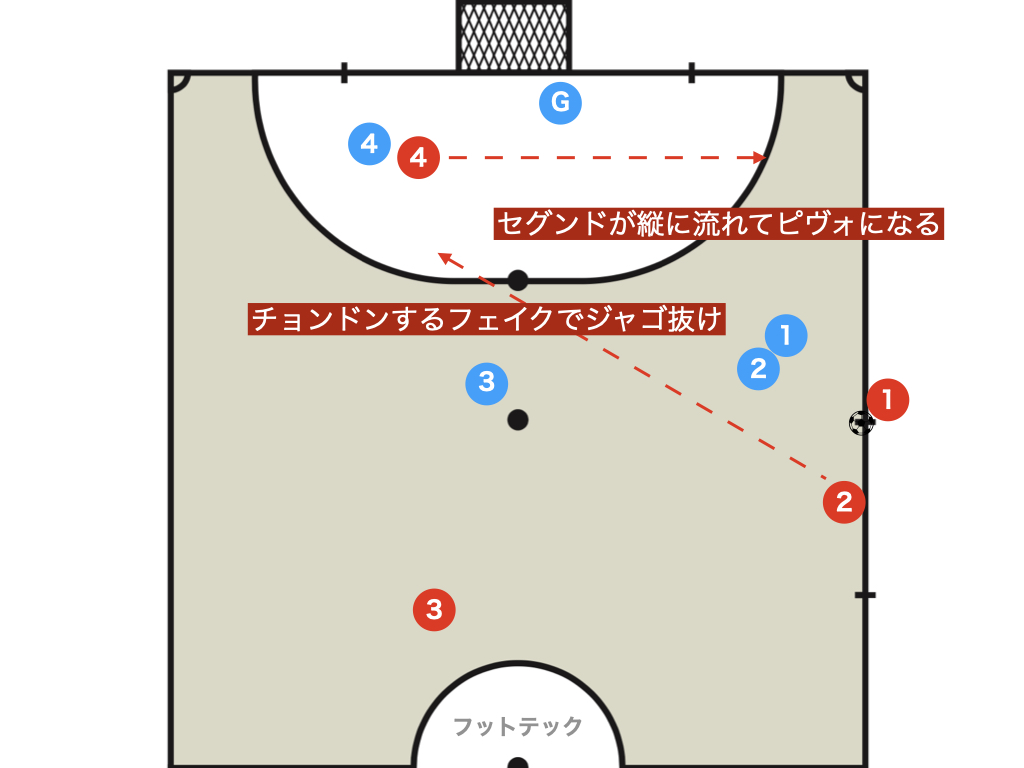
- The secondary moves near the ball at the CK area, transitions into the pivo, and secures space.
- The shooter makes a diagonal break by faking a Chondon.
At this moment, having the shooter break away using the same motion as the Chondon makes it difficult for the opposing defenders to respond.
Pattern 1
When Facing Man-to-Man Marking
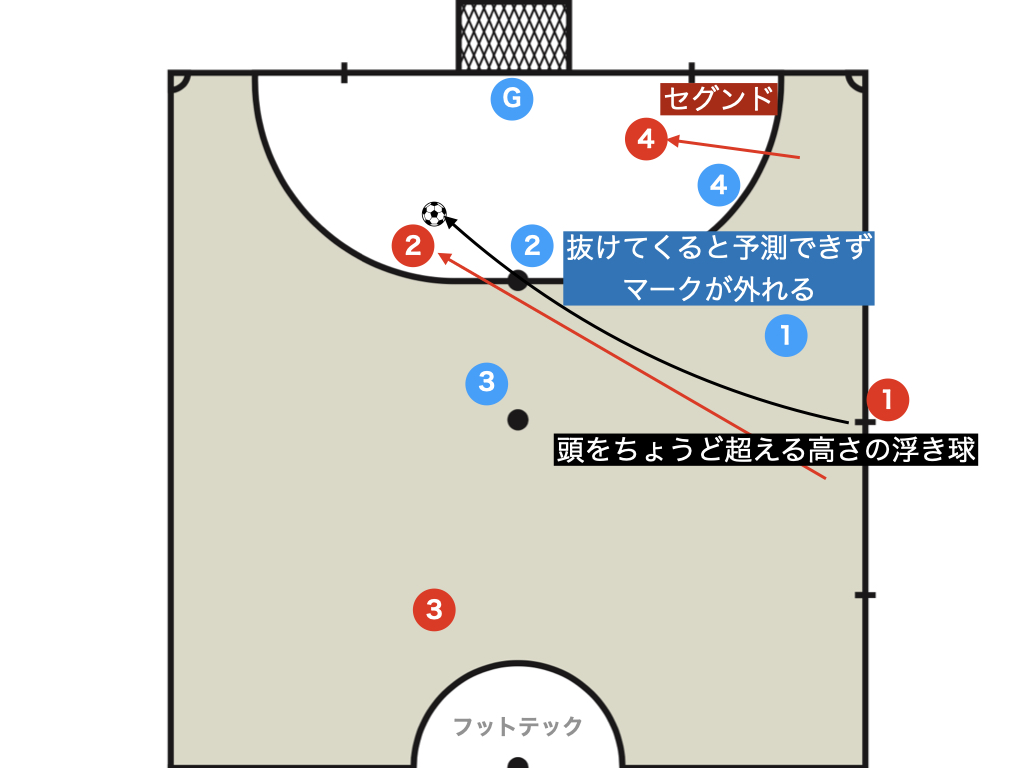
The kicker delivers a loop pass high enough to clear the defenders’ heads, which the breaking shooter connects with via a volley.
Of course, if a ground pass is available at this moment, that is acceptable as well; however, lofting the ball also gives the shooter extra time to run.
As seen in the video, this pass and shot require a certain level of skill, so it is important to practice this set-piece in advance.
When Facing a Zonal Defense

When the opponent employs a zone defense, their marking switches, making it effective to exploit the gaps.
Conversely, in a zonal setup, playing a loop pass near the secondary might be quickly covered.
Pattern 2: Utilizing the pivo
Direct Counter
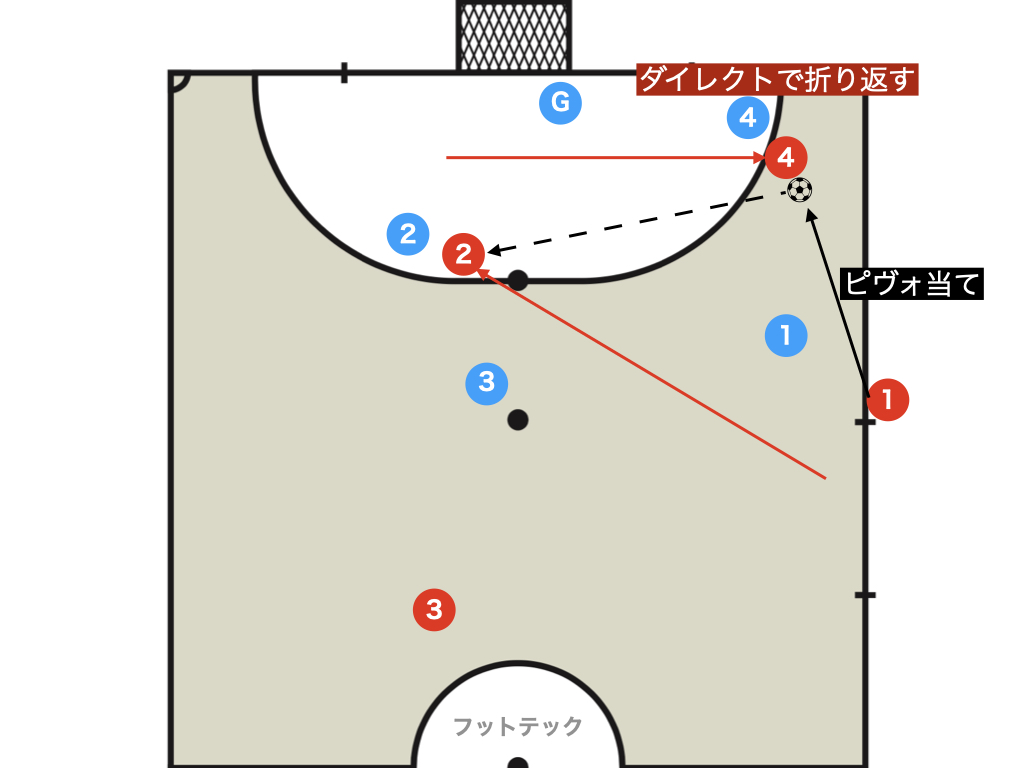
When it is difficult to deliver a loop pass to the shooter, utilize the vertically positioned pivo.
After passing to the pivo, the primary target for the return is the secondary (the breaking shooter).
It is preferable that this return pass be as direct as possible.
When a Return Is Not Possible: The Vertical Duo (pivo-fixo)
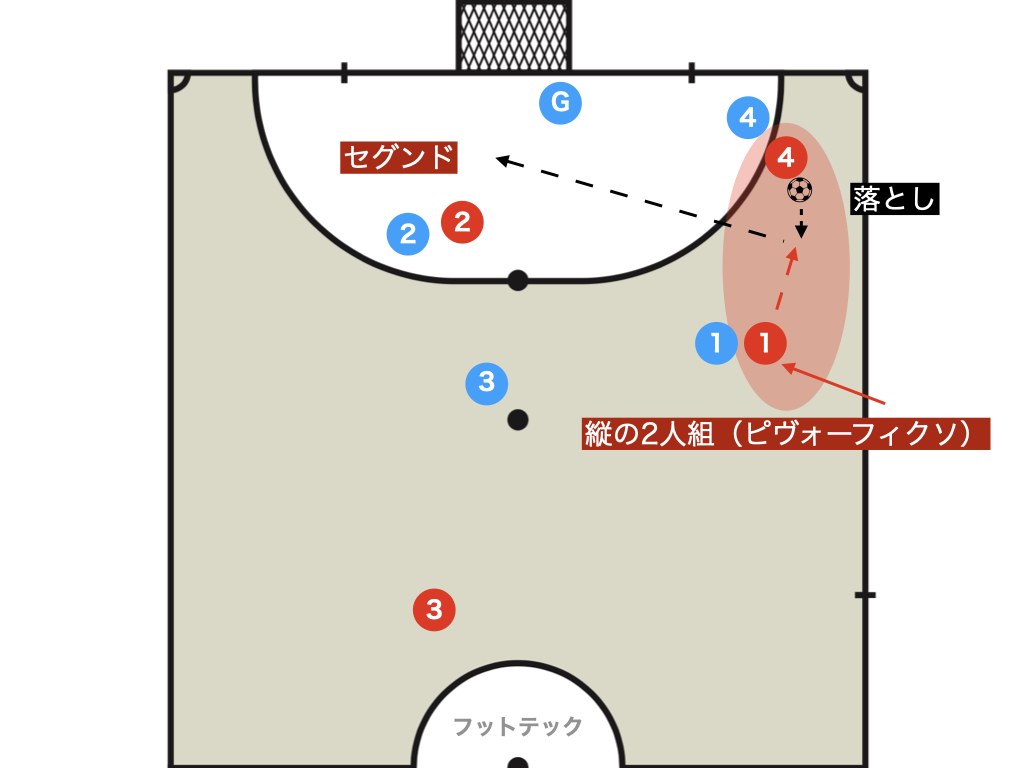
When a return pass is not possible, the kicker and the pivo form a vertical duo (pivo-fixo) to advance towards the goal.
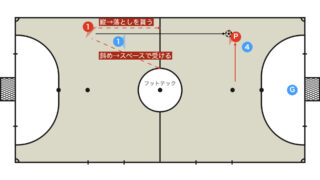
(Although the opening is different, the process remains the same.)
Pattern 3: Pulling Back
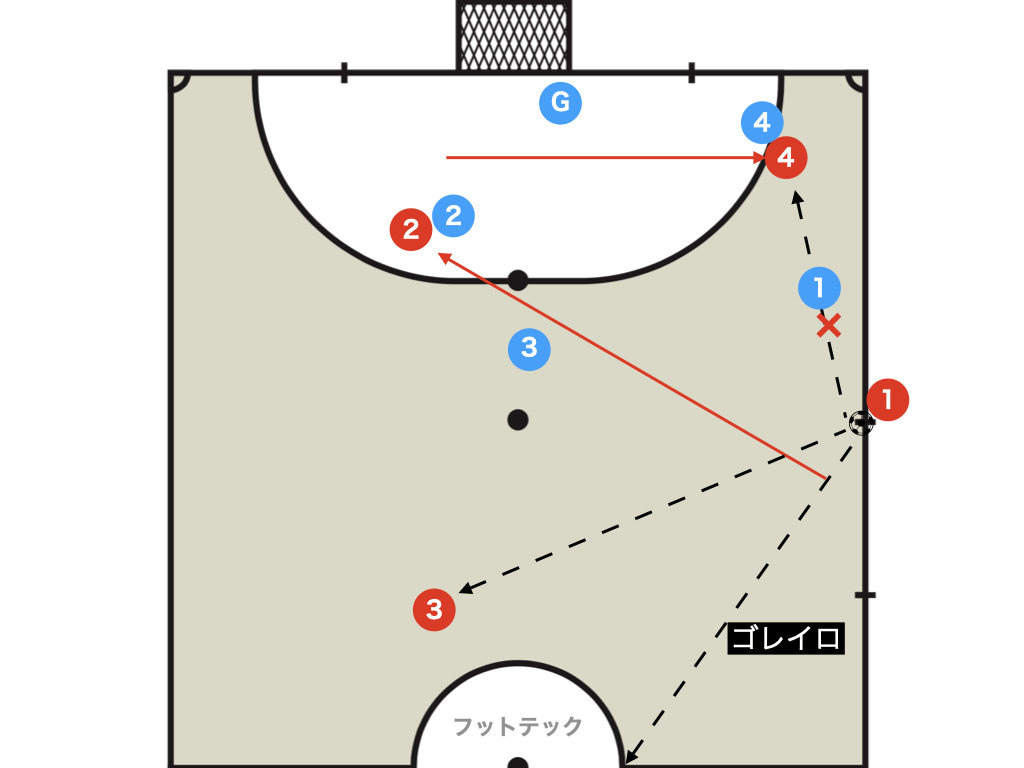
If no clear options are available, rather than forcing a shot, pull back.
Summary
What did you think?
It may appear to require a high level of skill, but with practice, you can master it.
Also, although this article explained a pattern where the shooter breaks free, there is also a design where the kicker sets the ball and makes a break, as shown in the following video.
There are also designs where, instead of the secondary moving vertically, they block the marking of the player breaking free.
By paying attention to even the smallest details, various designs can be considered, so try devising an original design with your team.
Also, incorporating the famous set-piece where the kicker makes a vertical break, as explained in the next article, can further enhance its effectiveness.
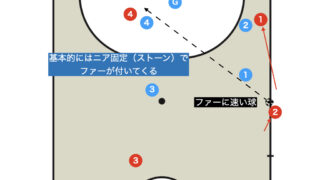
Thank you very much for reading this article to the end.
If you found this article useful, please consider sharing it using the social media share buttons above.
We regularly share valuable insights on futsal tactics on Twitter, so if you haven’t followed us yet, we’d appreciate your support!
We are committed to raising the level of futsal in Japan by sharing high-quality information through discussions with individuals who have coaching experience in the F.League and overseas.
If you have any questions or notice any mistakes, feel free to leave a comment below.
We update our articles regularly, so if you’d like to keep reading, please bookmark our site or search for “FutTech”!
